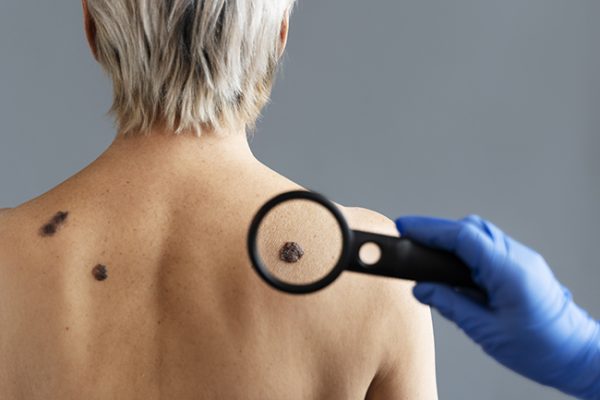Every year, plastic surgeon Dr. Joel Aronowitz says, over 4 million Americans are treated for skin cancer. When skin cancer is treated early, over 99 percent of patients survive it.
The majority of skin cancers are removed surgically. The challenge of treating skin cancer surgically is to remove the entire cancer while minimizing scarring, especially when the cancer is on the face.
Joel Aronowitz MD describes two approaches to minimizing the appearance of scars after cancer surgery.

Mohs Surgery
Mohs surgery, developed in 1938 by a general surgeon named Frederic E. Mohs, is often described as a precise, personalized approach to skin cancer removal. Mohs surgery is used when the cancer is in a sensitive skin area, such as the face, the genitals, the fingers, the neck, and places where the skin is close to bone, such as the shin. Plastic surgeons perform about 850,000 Mohs surgeries to treat skin cancer in the US every year.
The objective of Mohs surgery is to remove all the cancer while leaving as much healthy skin at the margins of the lesion as possible.
The plastic surgeon performs Mohs surgery under a microscope. This specially trained surgeon removes one layer of skin at a time. The surgeon freezes each layer of skin, checking each layer for signs of cancerous cells. The surgeon continues removing skin until there is finally a slide with no cancerous cells.
Mohs surgery generally does not require general anesthesia. Most patients can drive themselves home after the procedure. Doctors do not use Mohs surgery to treat melanoma.
Minimizing Scarring After Conventional Skin Cancer Surgery
In the more common kind of skin cancer surgery, the plastic surgeon uses an elliptical incision with sharp edges to minimize scarring. This technique is used to remove pigmented tumors, such as basal cell carcinomas, squamous cell carcinomas, and some kinds of melanomas. These kinds of tumors are typically round, so the surgeon minimizes the visibility of the scar by making it in the shape of an ellipse.
The decision the surgeon makes during surgery is which way to point the ellipse. The surgeon feels the skin to determine which way the skin wants to wrinkle, called the relaxed intention lines. The surgeon points the ellipse so that the skin wrinkles over it.
The other way the plastic surgeon can determine the orientation of the elliptical incision is to remove the circular cancer and an appropriate margin around it, and then see which way the circle wants to orient itself. Once the cancer, a 1 to 2 millimeter margin, and the ellipse of tissue are removed, the surgeon closes the incision with sutures.
Patients come back to the office to get every other suture removed about five days after the surgery. The lab usually determines whether the tumor was cancerous after it is removed, but sometimes a dermatologist will order a punch biopsy or a shaving of the tumor to determine whether it is cancerous before the surgery.
